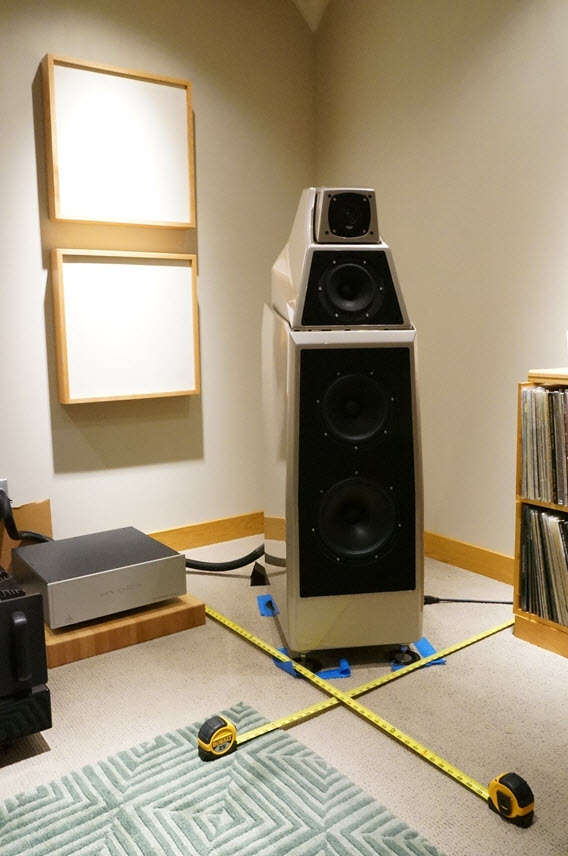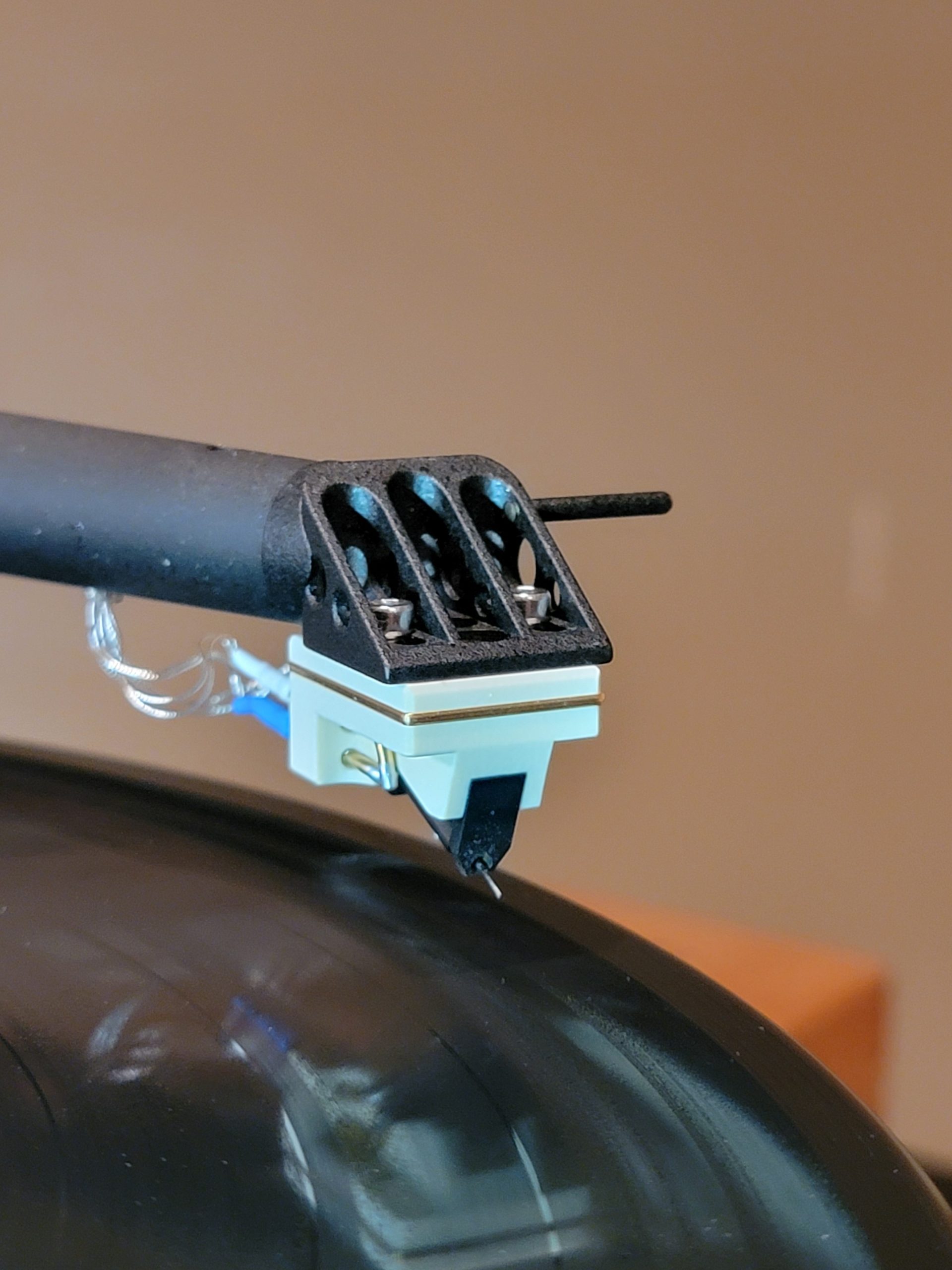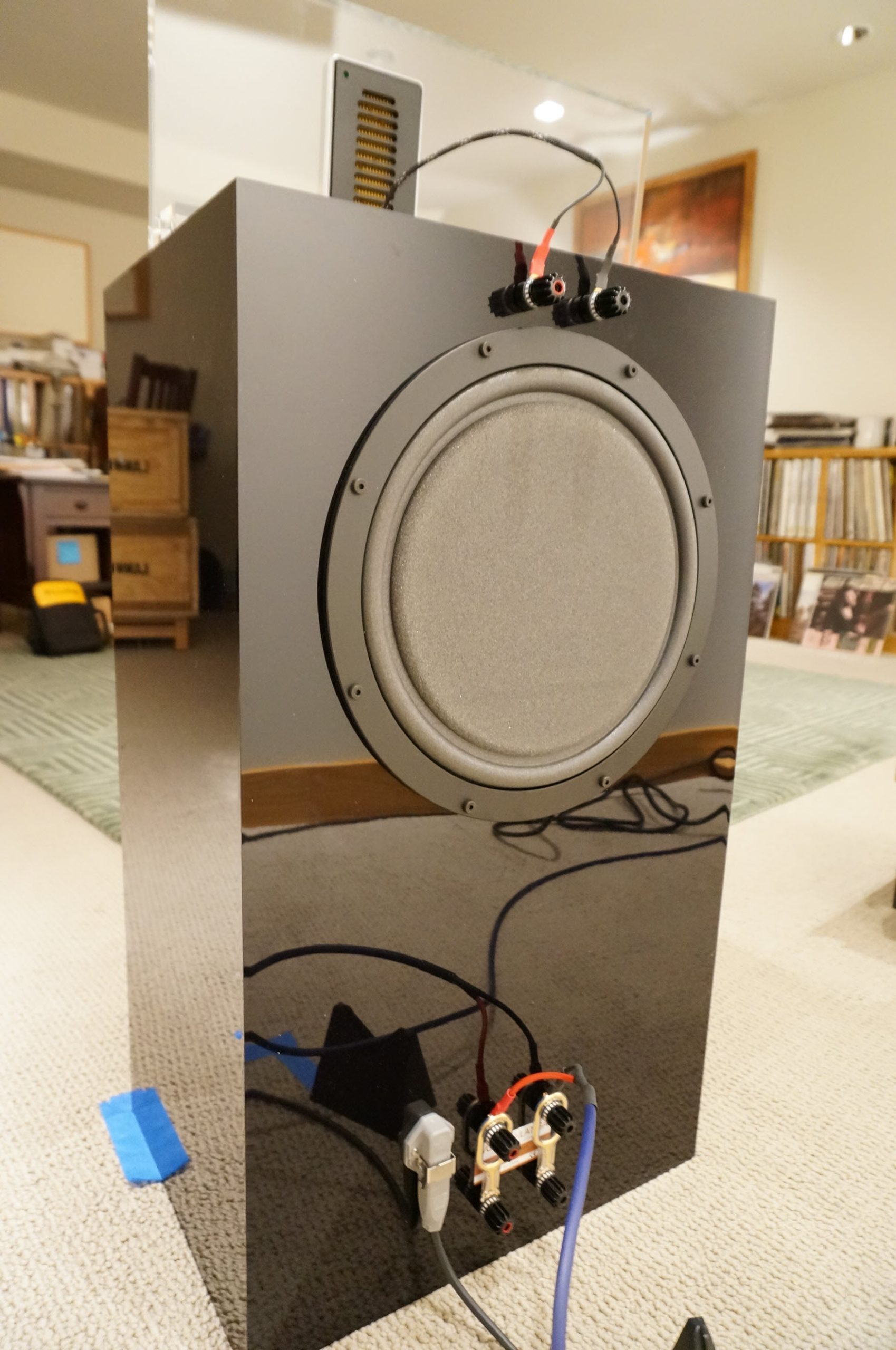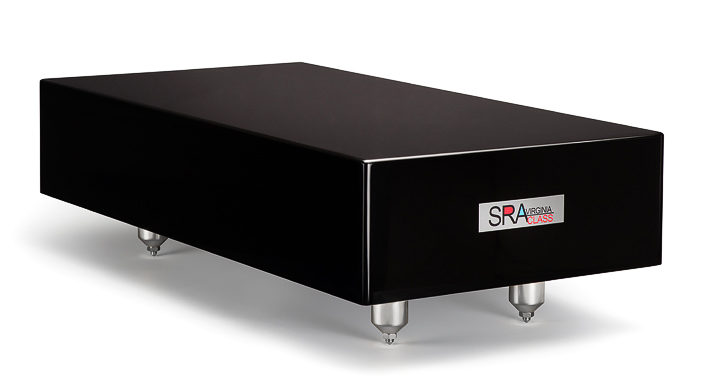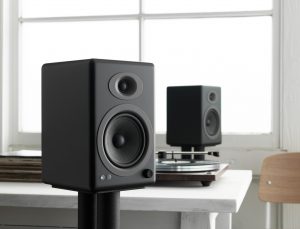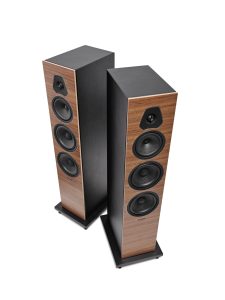How does the Alexia Series 2 sound?
So what do all these changes deliver for the listener; how does the Alexia Series 2 sound? I will not equivocate. The Alexia Series 2 is as big a sonic step up from the original Alexia as that speaker was from the Sasha. With its wide dynamic range and bandwidth, the first Alexia brought dynamic prowess and low frequency authority to my listening room. I really enjoyed its life-like timbre with lovely tonal veracity. I figured the Series 2 would offer an improved version of more of the same. Yet some upgrades and the resulting sound they offer cannot be rationally imagined. Sometimes it is impossible to anticipate the reality of their effect until the experience is upon you. I was wholly unprepared for the new Alexia and its impact was immediate.
The Series 2 brings significant refinement to sonic characteristics related to wave launch and timing along with genuinely improved coherence. Perhaps you think of coherence as a lack of disjointedness between the lows, mids, and highs, or as alignment of the acoustic centers of the drivers. What I experienced was a heightened sense of temporal resolution that impacted positively across all frequencies and not by a small amount—speed, dynamics, transient performance, clarity, tonality, dimensionality, and soundstage height, width, and depth. When timing is right, when our sub-conscious is no longer caused to compensate for timing irregularities or driver disjunction, then reproduction moves closer to reality, music comes alive, and with it heightened listener engagement and immersive joy.
Thanks to the cabinet and crossover work and better integration of the differently sized woofers and them with the midrange, I heard the bass and mid-bass as considerably tighter, more linear and without the fuzziness and smearing that comes from an out-of-time wave front—smearing that I did not realize I was hearing until it was gone. It is in these areas that real performance separates from reproduction, and great speakers separate themselves from others. Before Series 2 I used bass traps in my room, now they're gone.
I played Stravinsky's tone poem The Firebird featuring the London Symphony conducted by Antal Dorati (Classic/Mercury SR90226). This is a marvelous recording that spans the orchestral frequency range; it is rich with syncopation, quick timing and dynamic shifts that give exercise to the full orchestral pallet of instruments. Right at the outset the orchestra presents very low frequency plucked and bowed bass strings playing in ostinato, creating the ground from which melody will appear. Bolstered with a double low C organ note (32Hz), the low basses and a contrabassoon weave their textural backdrop. Other lower frequency instruments such as Wagner tubas and cellos join in. Huge drum whacks resonate for seconds into the hall. I experienced music with tremendous energy, immersed in a sonically palpable venue. Prior to the Series 2 the plucked and bowed strings lacked a certain clarity of tonal articulation; transients could be a bit thick and small dynamic changes less resolute.
With the new Alexias, basses, baritones, and low frequency bassoons rose from the depths with distinct tonality and vigor; low frequency pizzicato strings gained clearer definition. There was greater dimensionality and texture as I heard something I don't typically hear: the shimmer of very low frequency harmonics coming off sounding chambers to rise above the orchestra. I've never encountered this level of musical authenticity in my room and it was exciting. I heard how the composer created groups of instruments with similar tonalities in the same register then played them off against other tonal groups to create new sounds, new colors.
Listen how the Series 2 renders Firebird's changing time signatures, syncopation, staccato and snap and you'll know why they called Stravinsky "that rhythmic devil." Previously perplexing lines and phrases revealed the genius behind them as the new Alexias not only brought vivacity and elation to my listening experience but a greater understanding of how the music made that happen. What impressed most about the Series 2 was their ability to bring considerable clarity to individual instrumental lines—their distinct timbre, dynamics, attack and decay, location, and the details of the musicianship that brought them to life—all with immediacy and vitality. Firebird never felt more visceral as my listening brain engaged.
Playing the "Hallelujah Chorus" from Handel's Messiah (Hogwood, The Academy of Ancient Music and Christ Church Choir, L'Oiseau-Lyre, D189D 3), voices from multiple choristers singing at the same pitch were clear and distinct with proper timbre, delightfully individuated in space—without blur or overhang they rose up with incredible beauty. My sense of the choir as a group of individuals singing together was strong. The audiophile vocabulary becomes inadequate to describe the experience of hearing the female portion of the choir climb higher and higher against the backdrop of low frequency organ and timpani. I felt high energy from the orchestral underpinnings behind the choir driving the music forward with focus and clarity. If only my words could run out of my ears and onto the page. Upper octave period-historical trumpets can be edgy, honky and harsh. There was none of that from the Series 2 tweeters; I heard brassy tonality, golden, pure, without grit, grain, or glare.
I have a theory that we audiophiles love soundstaging and dimension so much because we are innately such visual creatures with a cultivated vocabulary for measuring and pointing in space. If you want to appreciate how adept is the human hearing system at sonic location, listen to the Alexia Series 2. There's a lot to be said for proper timing and wave form preservation but talk stops when the Alexia's play. Thanks to keen driver positioning and improved coherence, dimensional performers appeared before me in aural space with a newly heard definition; soloists more often appeared in bas-relief than as cardboard cutouts. From cavernous symphonic halls to intimate churches to near dead recording studios, venue context became easily heard. Everything was more transparent. I experienced genuine improvement in midrange and low frequency attack and decay. Notes stopped. New notes began. The time between them, whether a quarter beat or milliseconds, was clear. Across the frequencies music arrived with point-source precision. From pp to p, from pianissimo to piano, subtle dynamic shifts, whether controlled by a soloist or a conductor, became more obvious. Performance skill and virtuosity became more evident. I heard how musicians bowed their strings, how embouchures tightened, harp strings plucked, timpani heads dampened, how harmonics bloomed or shot off of instruments into the air. The Alexias made it easy to locate and follow individual strands from multiple instruments playing together, and to hear how their interweaving contributed to the overall musical fabric.
Wilson's John Giolas did a perfect setup of the new speakers in my listening room and he made them disappear. Taking ear to speaker measurements was not for show. If I dropped my head or moved forward in my listening chair, I sensed the aural effect of my movement. Fed with a signal from a time accurate source (and my eyes closed) the Alexias made my room disappear. On The Firebird the orchestra and on the Messiah the orchestra and choir laid out a minds-ear presentation of live performers in a real venue. The audiophile words fell away—the sense of people in a church singing and playing was palpable and honest. The chilled soprano voice of soloist Emma Kirkby rose up and outward as she stood dimensionally before me, her voice at realistic height. I heard how the physical choir members went edge to edge exactly inside speaker boundaries while the sound of their voices played off the venue creating its ambiance outside the speakers to the limits of my room. I don't know if I went to the venue or it came to me, but the listening experience was lifelike and exhilarating.
Born at the right time, the new Alexia is not a simple refresh. Coming after Wilson's new Alexx and WAMM loudspeakers, the Series 2 draws on both its heritage and the knowledge gained in their development, all the while hitting top marks on its own merits. With release of the Alexia Series 2, I believe Daryl Wilson and Wilson Audio have a major success on their hands.
Alexia Series 2 Loudspeakers
Retail: $57,900/pair
Wilson Audio Specialties
2233 Mountain Vista Lane
Provo, Utah 84606
801.377.2233
Warranty: Five years parts and labor.




